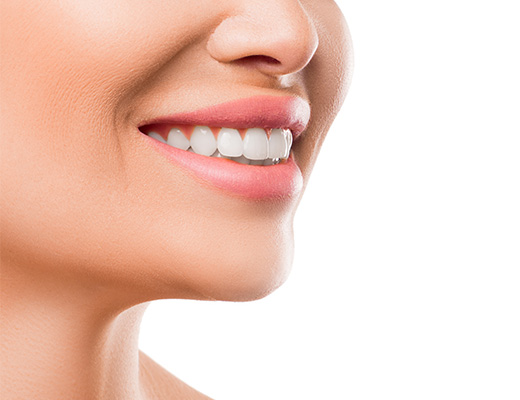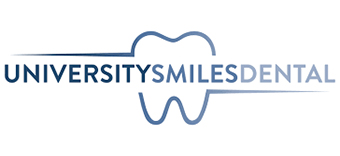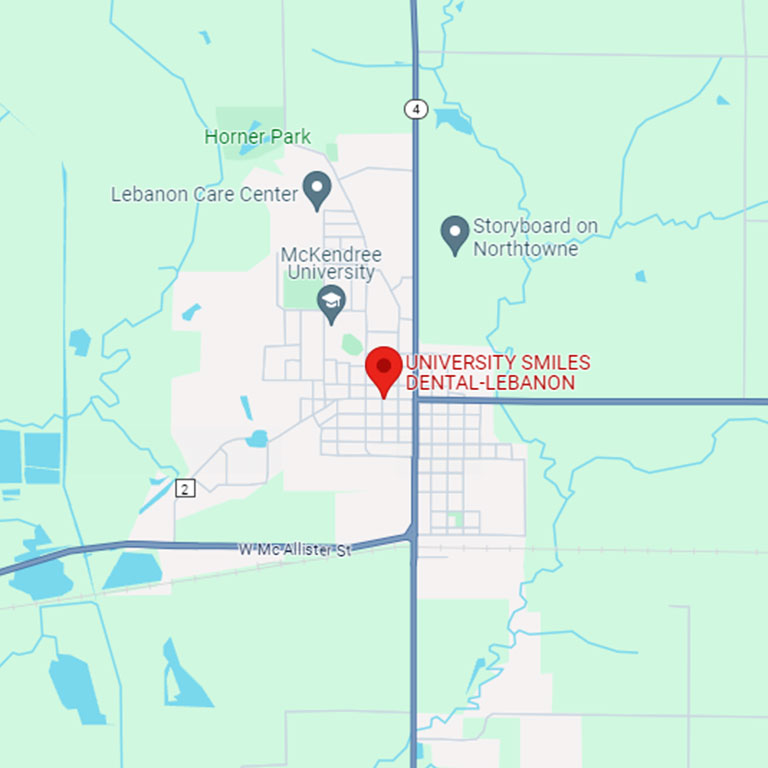Restorative Dentistry
Restorative dentistry is a critical branch of dental care focused on repairing and restoring the function and aesthetics of a patient’s teeth and oral structures. It plays a pivotal role in helping individuals regain their oral health and quality of life after experiencing dental issues such as cavities, tooth decay, trauma, or tooth loss. Restorative procedures encompass a wide range of treatments, including dental fillings, crowns, bridges, dentures, and dental implants. These interventions not only address the immediate dental problems but also promote long-term oral health by preventing further deterioration. Restorative dentistry combines art and science to provide patients with aesthetically pleasing and functional solutions, ensuring that they can eat, speak, and smile with confidence. Dentists in this field are dedicated to restoring not only teeth but also patients’ overall well-being and self-esteem, making it an integral part of comprehensive dental care.

Dental Crowns
Dental crowns are versatile restorative dental devices used to cover and protect damaged or weakened teeth. These caps, typically made from materials like porcelain, metal, or a combination of both, are custom-designed to fit over a tooth, restoring its strength, shape, and functionality. Crowns are often employed to repair teeth with extensive decay, fractures, large fillings, or after root canal therapy. Besides their restorative function, dental crowns can also improve the appearance of a tooth, enhancing its overall aesthetics. Crowns play a vital role in preserving a patient’s oral health by preventing further damage and maintaining the integrity of the affected tooth for years to come.

Dental Bridges
Dental bridges are fixed prosthetic devices used in restorative dentistry to replace one or more missing teeth. They consist of artificial teeth, known as pontics, anchored between two dental crowns, which are secured to the adjacent healthy teeth or dental implants. Dental bridges not only restore the appearance of a complete smile but also improve chewing and speaking functions. They help maintain the alignment of surrounding teeth and prevent potential dental issues that can arise from gaps left by missing teeth. Bridges offer a durable and reliable solution for tooth replacement, providing patients with renewed confidence in their smiles and overall oral health.

Extractions
Dental extractions, also known as tooth extractions, are common dental procedures performed by dentists to remove a damaged, infected, or problematic tooth from a patient’s mouth. These extractions can be necessary for various reasons, including severe decay, infection, overcrowding, or as a part of orthodontic treatment. Dentists use specialized tools and techniques to carefully remove the tooth while ensuring minimal discomfort for the patient. After the extraction, patients may experience some mild discomfort and are usually provided with aftercare instructions to promote healing and prevent complications. Dental extractions are crucial for maintaining oral health and relieving pain or discomfort caused by problematic teeth.

Dental Fillings
Dental fillings are commonly used restorative procedures in dentistry to repair and restore teeth affected by cavities or minor damage. Dentists remove the decayed or damaged portion of the tooth and then fill the resulting space with a suitable material, such as composite resin, amalgam, or ceramic. These fillings not only prevent the progression of decay but also restore the tooth’s strength and function. Dental fillings are available in various shades to match the natural color of teeth, ensuring a seamless and aesthetically pleasing result. They are a fundamental part of maintaining oral health and preventing further dental issues.

Dentures
Dental dentures, commonly known as simply “dentures,” are removable prosthetic devices designed to replace missing teeth and restore oral functionality and appearance. They are typically made of acrylic or a combination of acrylic and metal, customized to fit the unique shape of a patient’s mouth. Dentures come in two main types: partial dentures, which replace a few missing teeth, and complete dentures, which replace all the teeth in one or both dental arches. These artificial teeth not only improve a person’s ability to chew and speak but also enhance their smile and overall confidence. Proper care and regular check-ups with a dentist are essential to ensure the comfort, longevity, and functionality of dental dentures.

